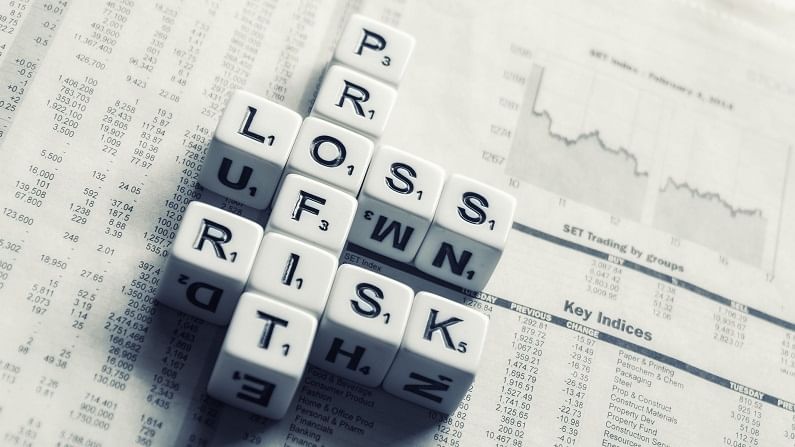Millennials should consider these factors before beginning their investment journey
For the new generation of millennial investors, the DIY (do it yourself) movement is gaining traction, primarily through online apps
- Himali Patel
- Last Updated : July 25, 2021, 10:27 IST

Millennials are the new generation of investors who have grown up in an era of digital revolutions and widespread and easy access to knowledge via the internet. With more access to investing information, millennials make their own money management decisions rather than consulting family members or financial consultants. For the new generation of millennial investors, the DIY (do it yourself) movement is gaining traction, primarily through online apps, where investors benefit from low-cost investing and speedier processing.
While DIY investing provides the opportunity and flexibility to invest in the desired instrument, it also creates a self-learning curve for investors with a broader range of investment products. It has been observed that many times, investors end up making losses or less attractive investments in the portfolio, causing the portfolio to become cluttered and deviating from the end goal.
Volatility is a risk factor linked with each asset class. That said, DIY investors frequently struggle with risk calibration and fail to identify the risk associated with each asset class. One can navigate these turbulent times with ease by diversifying one’s savings across multiple asset classes and risk calibrating appropriately.
The following is a checklist of millennial investors to consider before they began their financial journey
Objective
Risk management is critical for long-term wealth building. The risk calibration process can begin with establishing objectives and their categorisation into short and long term, followed by selecting the appropriate asset classes to meet the goals, taking into account the investor’s risk profile. A disciplined approach and patience are critical components of long-term wealth growth. With a disciplined approach, one can navigate short-term volatility to accomplish long-term goals.
Selection
The critical asset groups include equity, debt, gold, real estate, and money market funds. While equity investing offers large rewards, it also carries a high level of volatility and adverse risk. While equity investments may experience short-term volatility, the possibility of earning above-inflation returns improves over time. On the other hand, while debt as an asset class provides stable returns, investors must accept returns in the single digits.
After classifying objectives into long and short-term goals, use equities as an investment vehicle to achieve long-term objectives. The power of compounding plays a crucial role in the long run.
Additionally, make your investments based on the underlying instrument’s future potential rather than on its historical performance. It is frequently observed that millennials spend most of their money on physical assets such as gold or real estate and fail to prioritise financial assets, resulting in portfolio concentration risk and limited upside potential.
It is recommended to construct a portfolio with an appropriate mix of physical and financial assets based on one’s risk tolerance to achieve both short and long-term objectives.
Retirement
Millennials should begin investing for retirement early in life. First, conserving a modest part can make a significant difference and be beneficial in the long term. Some recommended investments include monthly SIPs in equity mutual funds, participation in the National Pension Scheme (NPS), or building a retirement corpus through PPF/EPF options.
Emergency fund
An emergency fund is a corpus required to protect against unforeseen catastrophes such as job loss or medical emergencies. Ideally, one should save up to six to twelve months’ worth of monthly expenses as an emergency fund to guard against unforeseen events.
Develop your emergency fund using short-term debt mutual funds, as they are more liquid; also, it is advisable to divide the emergency money into four or five buckets. These little buckets will enable you to liquidate only the amount of savings required for emergency needs rather than the complete large single corpus.
Recognise the distinction between a health product and an investment product
The risk profile for health and investment items is fundamentally different. One must distinguish between health and investment products. Additionally, the pandemic has demonstrated the critical nature of health insurance coverage to safeguard families from unforeseeable calamities. Along with health insurance, it is crucial to establish a life insurance policy early on. By providing cash benefits, life insurance coverage such as a term plan can help protect dependents’ future.
Appropriate tax preparation is required when selecting an investment instrument
Tax planning is critical to ensuring that all investments are made in accordance with the goals. Tax planning enables you to choose the optimal investment product to minimise taxes and keep on track with long-term goals. Every six months or annually, it is critical to examine or rebalance the entire portfolio. A timely evaluation will allow for the portfolio to be rebalanced to the initial target allocation.
Download Money9 App for the latest updates on Personal Finance.
Related
- Budget’24: New LTCG rule to hit long-term property owners hard
- Looking to buy gold? Buy now before it’s too late!
- Budget 2024: What is NPS ‘Vatsalya’ scheme? How to apply & other benefits?
- Budget’ 24: Startup ecosystem all smiles with scrapping of angel tax
- Budget’24: New NPS scheme for minors launched, here’s how you can benefit
- Budget’24: Gold, silver prices to soften soon, customs duty drops to 6%

